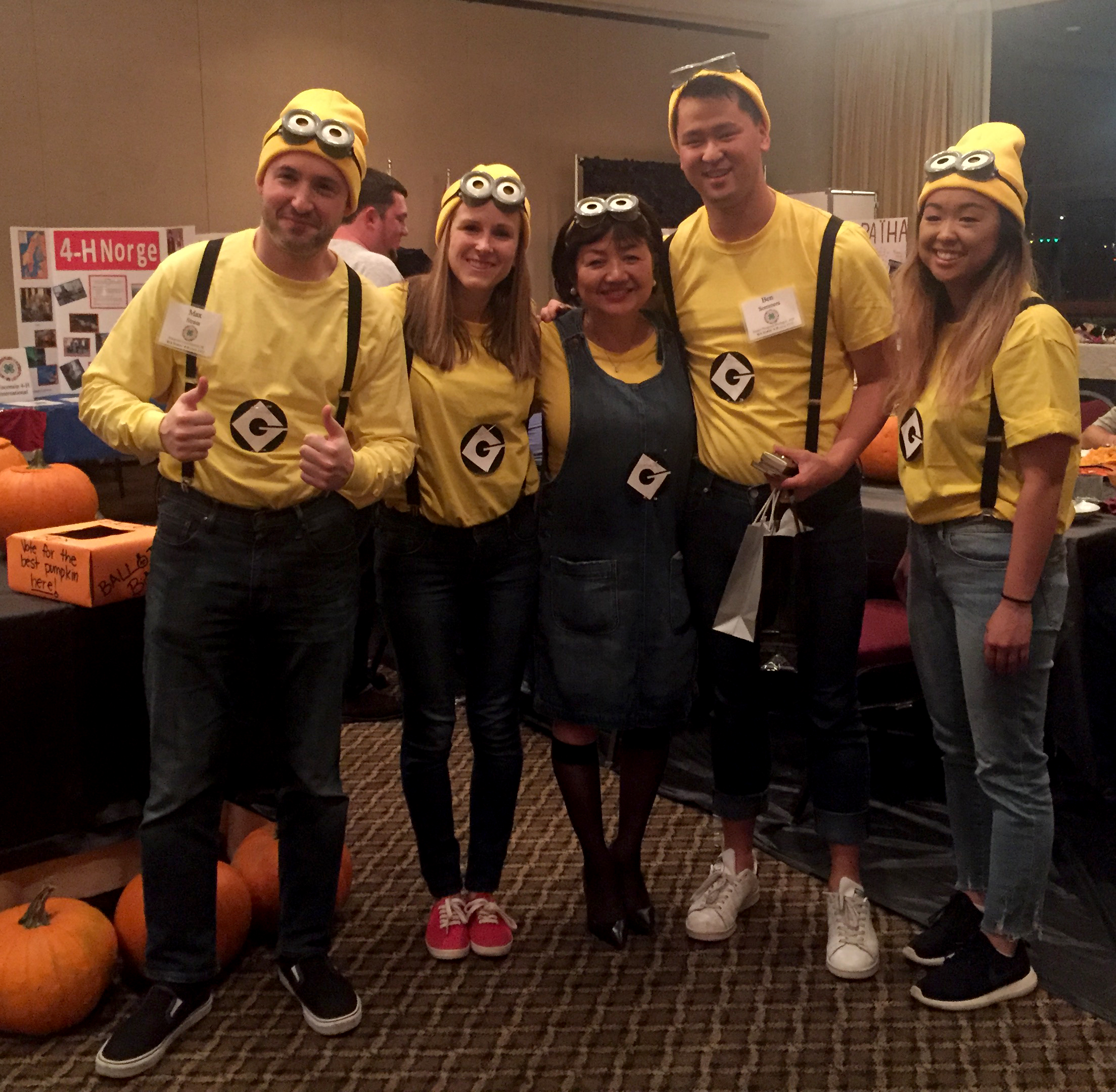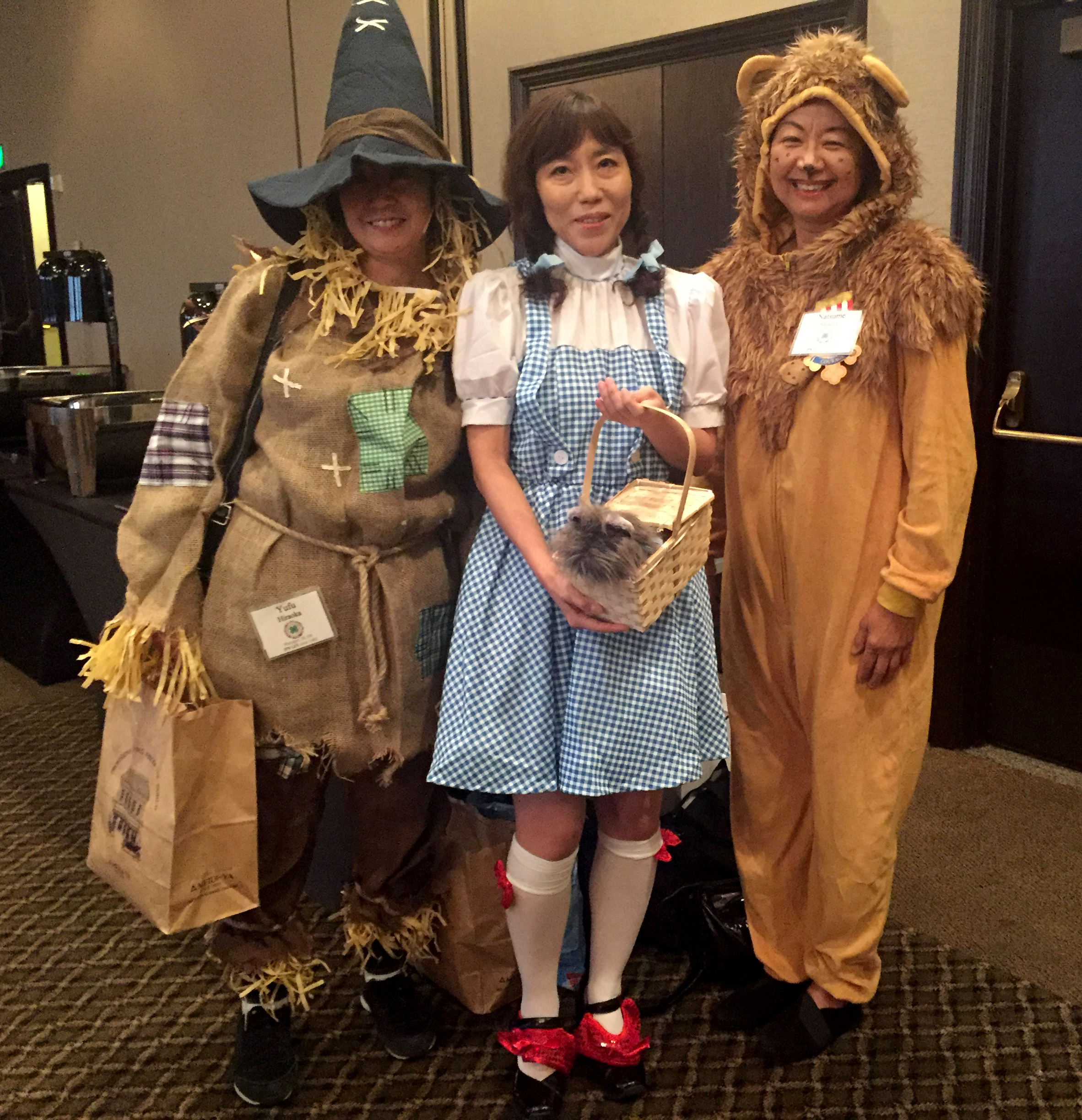Halloween is celebrated around the world
Halloween is celebrated in the United States by many and has a global connection. Let’s explore this tradition and the similarities and differences of this festive event around the world.

Holiday celebrations can be fascinating and educational for youth. Halloween is celebrated in the United States by many individuals but is also celebrated globally. What are the similarities and differences of this festive autumn holiday? How did it originate? Why “trick or treat?” What’s the origin of the word “Halloween?” There are so many questions, so let's research to learn more about Halloween.
Halloween goes back to the ancient religion of the Celts, circa 400 B.C., which celebrated the end of summer near the end of October with a festival. In "Halloween Around The World" from the History Channel, Halloween is noted as one of the world's oldest holidays. It started from ancient festivals and religious teachings. For example, the word “Halloween” has its origins in the Catholic Church, coming from a contracted corruption of All Hallows Eve on Nov. 1.

Let’s explore where trick or treating came from. Originally, Halloween celebrators went door-to-door collecting food as offerings for their Gods; the food came from the recently-completed fall harvest celebrations that honored their ancestors. They would dress in frightening costumes to protect themselves while walking home in the dark—this has become a part of what we see today. Children dressed in costumes go door-to-door collecting bags of candy and treats.
In the British Isles, the eve of All Saints’ Day became known as “Mischief Night” where people were allowed to go around the village playing pranks without fear of being punished. When Irish and Scottish immigrants came to the United States, they brought these customs with them, hence the origin of the “trick” part of trick or treating.
The Halloween history from the University of Illinois Extension explains that the carving of Jack-O-Lanterns was a ritual from Irish immigrants. It is also educational and interesting to conduct research about the pumpkin and its history. A reliable source to consider is the History Channel's "Pumpkin Facts."
In Mexico, Latin America and Spain, their Halloween equivalent is known as All Souls' Day and is designed to honor the dead. When you travel the globe, you can discover how other countries are adopting this fall tradition. Let your curiosity go and see what you can learn about Halloween in a country of your choice.

Since when was Halloween so popular in Japan? Prior to 2000, Japanese only learned about Halloween during their English classes at school. Tokyo Disneyland started decorating for the holiday in 1997. This holiday in Japan is a fun celebration where people can dress up as their favorite characters or have a reason to take off their suits and business clothes to just have some fun.
When visiting LABO International Exchange or a Japanese-based family organization’s Halloween party, you may find them dressed in costumes like children in the United States. Can you name other countries were youth participate in this culturally-blended festive fall event?
Take the scare out of Halloween! Explore and become familiar with the origin, traditions and folklore of fall festive events—it can be educational fun for youth and adults.



 Print
Print Email
Email
